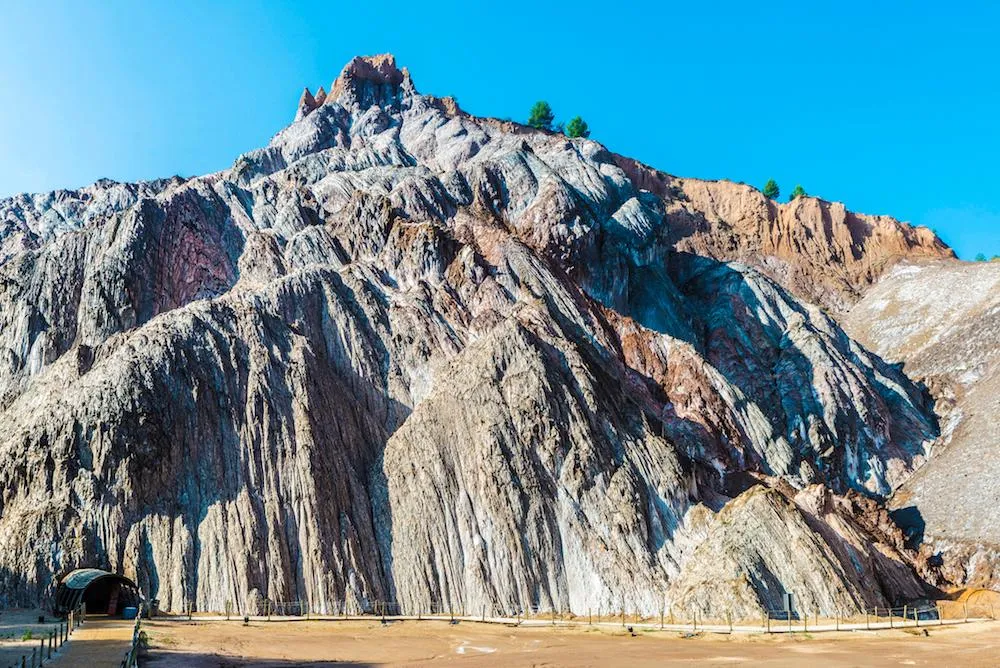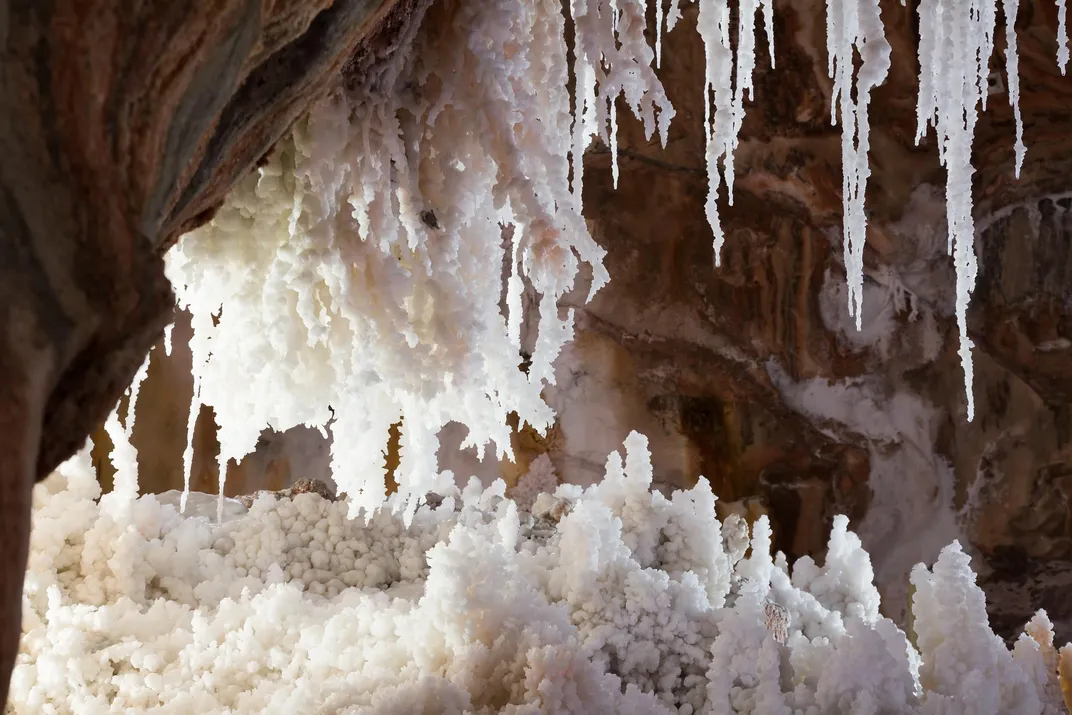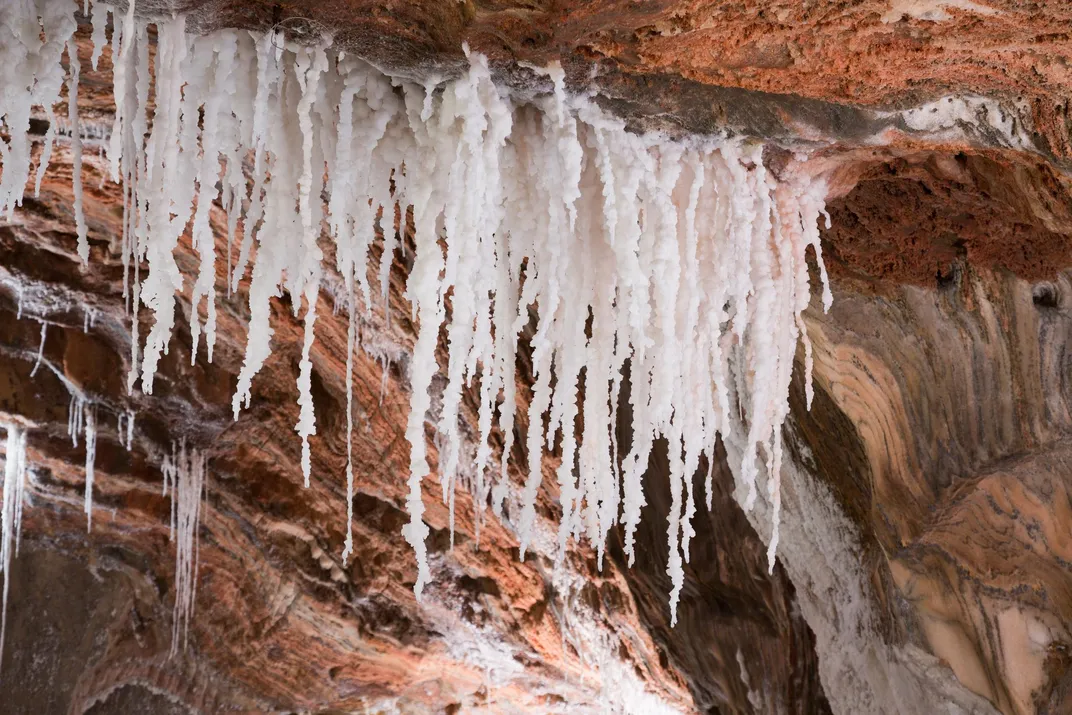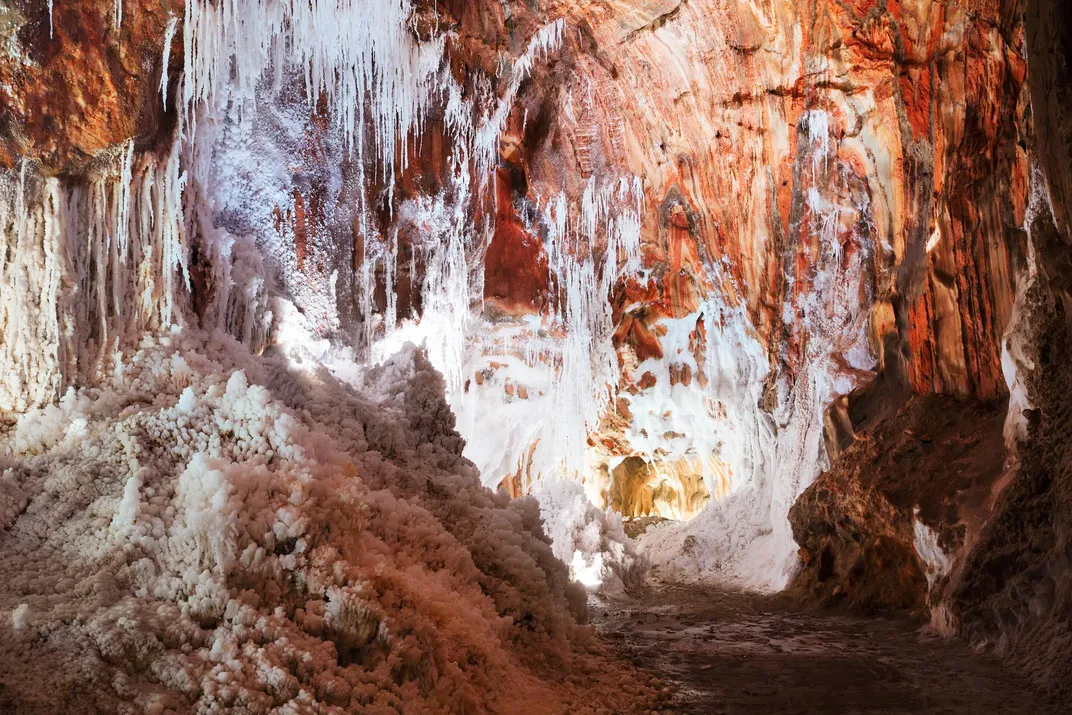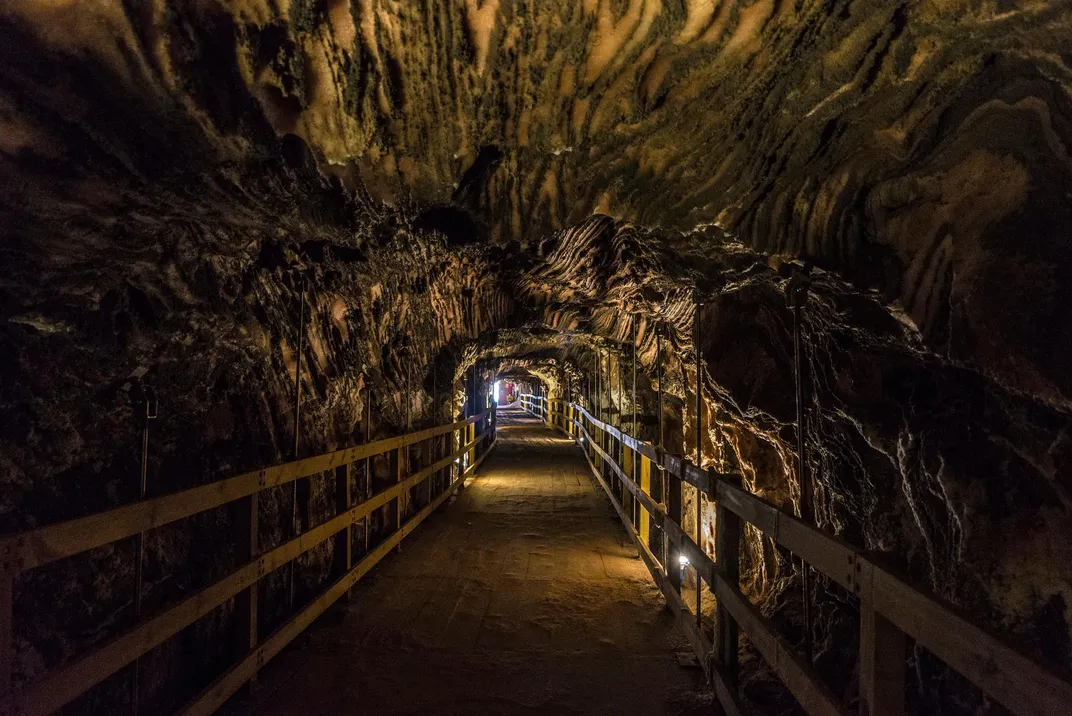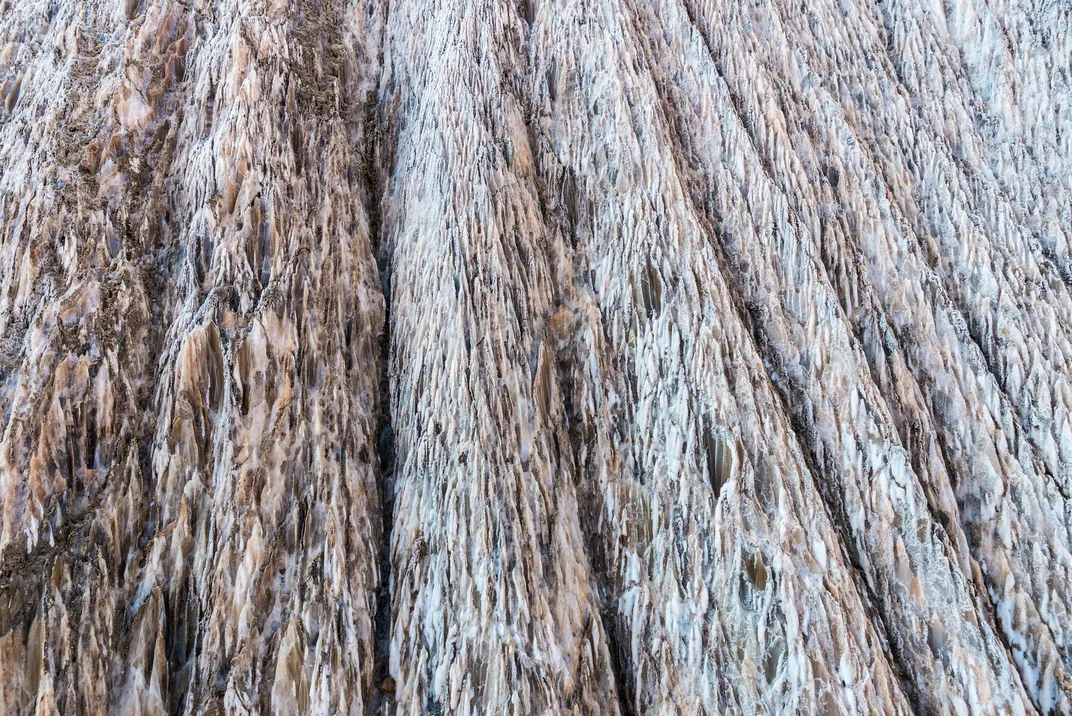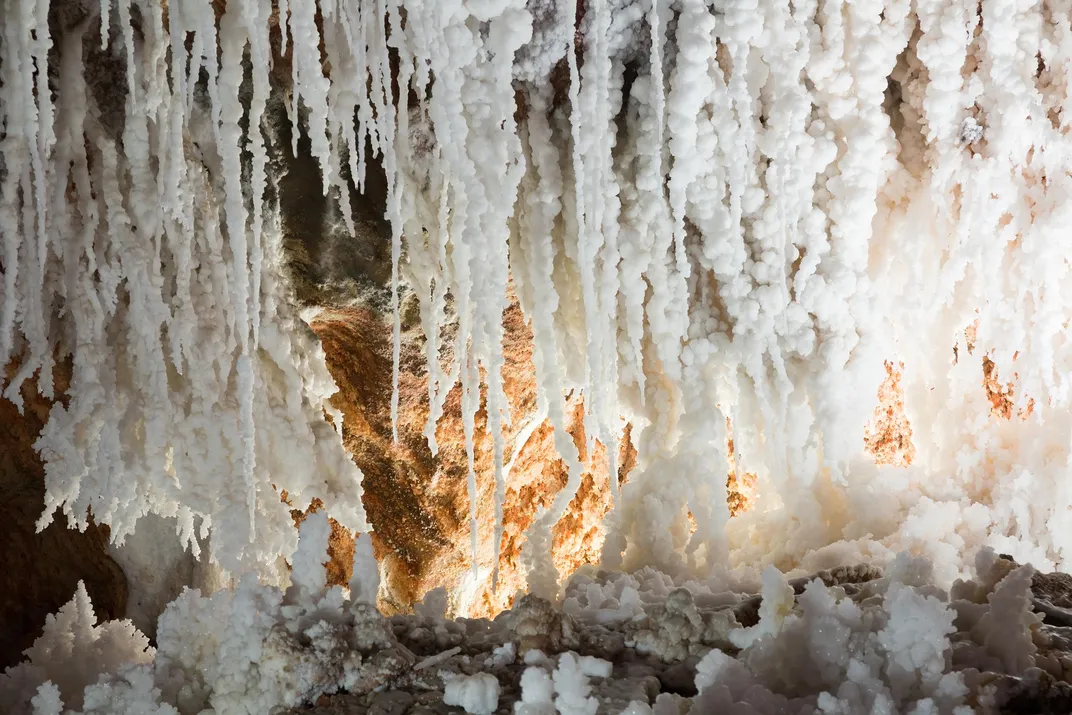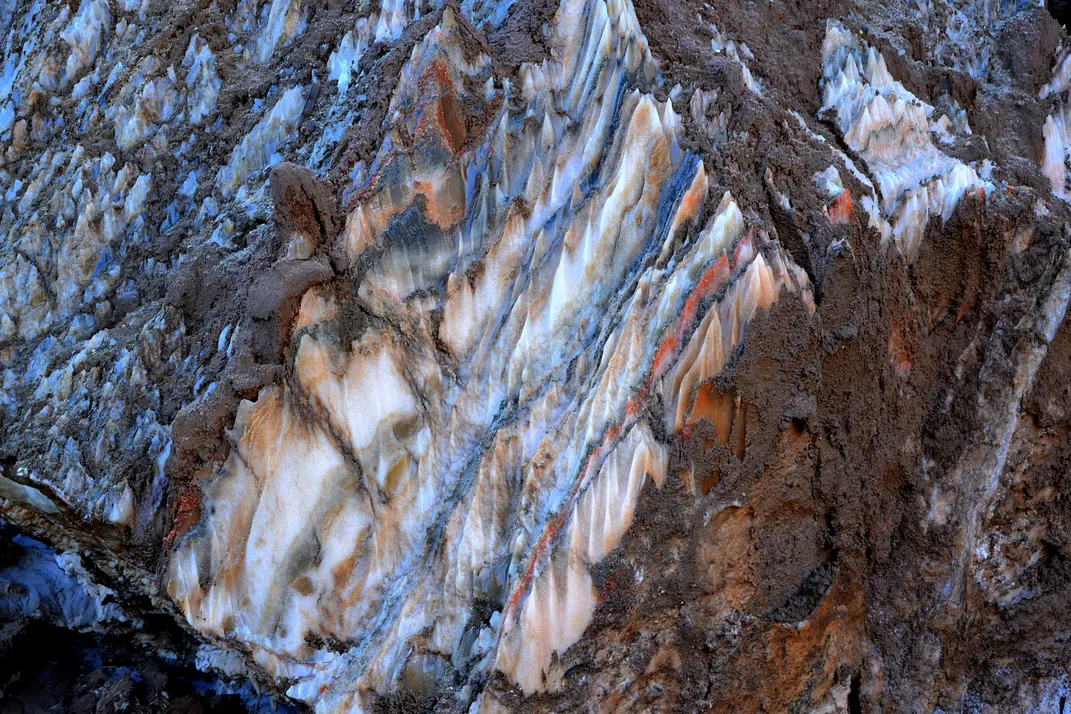Step Inside This Glittering Mountain of Salt
Resembling an iceberg and formed millions of years ago, Muntanya de Sal is one of the world’s only salt mountains
/https://tf-cmsv2-smithsonianmag-media.s3.amazonaws.com/filer/fa/28/fa28107d-85e1-4cfb-9bf3-f3e4a889fef0/istock-506479226.jpg)
From a distance, Muntanya de Sal looks like any other mountain. But once at its base, it’s apparent that it’s completely different from any other peak in Europe. Unlike other outcroppings piercing through the rolling landscape, Muntanya de Sal is made of salt.
Located in the village of Cardona, Spain, about 60 miles northwest of Barcelona, Muntanya de Sal or Salt Mountain has been an important resource for the people residing in the area over the centuries. The earliest evidence of locals extracting salt from the surface to use as a commodity occurred sometime during the Neolithic period (approximately 10,000 BCE), according to historians.
“Later the Iberians, the Romans, people [living during] the Middle Ages and so on kept doing the same,” Montse Malavé, a historian with Fundación Cardona Histórica, an organization that protects and preserves the town’s historical heritage, tells Smithsonian.com. “Salt was so valuable that at certain times it was even used as currency. People would go to the marketplace and could pay using a piece of salt. This mountain was like a mountain of money, and salt was called ‘the white gold.’”
Years later, Salt Mountain Cultural Park tops out at just under 400 feet in height, making it one of the highest points in the region. But about 40 million years ago, the area was completely underwater, engulfed by the Cantabrian Sea, Malavé explains.
“As time passed, the entrance in the north got closed and this part of the sea became a lake, which eventually dried out and great amounts of salt were precipitated to the bottom in horizontal layers,” he says. “At the end of this process, the salt layers were covered by sediment. This happened all along the land that was covered by the sea, but the only place where the salt appeared on the surface is here in Cardona. This happened due to strong [upward] pressure in the Pyrenees mountains zone... and was a consequence of the crash between two tectonic plates.”
According to Malavé, during the formation of the Pyrenees mountain range approximately two million years ago, the underground salt layers were pressed, folded and pushed upwards, forming a fold of salt underground. The top layer, which was made of sediment, became thin thanks to erosion, forcing salt to crystallize at the surface. Interestingly, the mountain continues to grow in height, a result of the consistent pressure occurring below the surface and is one of the few places on the planet where salt deposits sit both underground and on the surface.
From 1929 to 1990, Salt Mountain was one of the world’s largest mines for potassium chloride, a metal halide salt sought out by a wealth of industries, including agriculture, medicine and food processing.
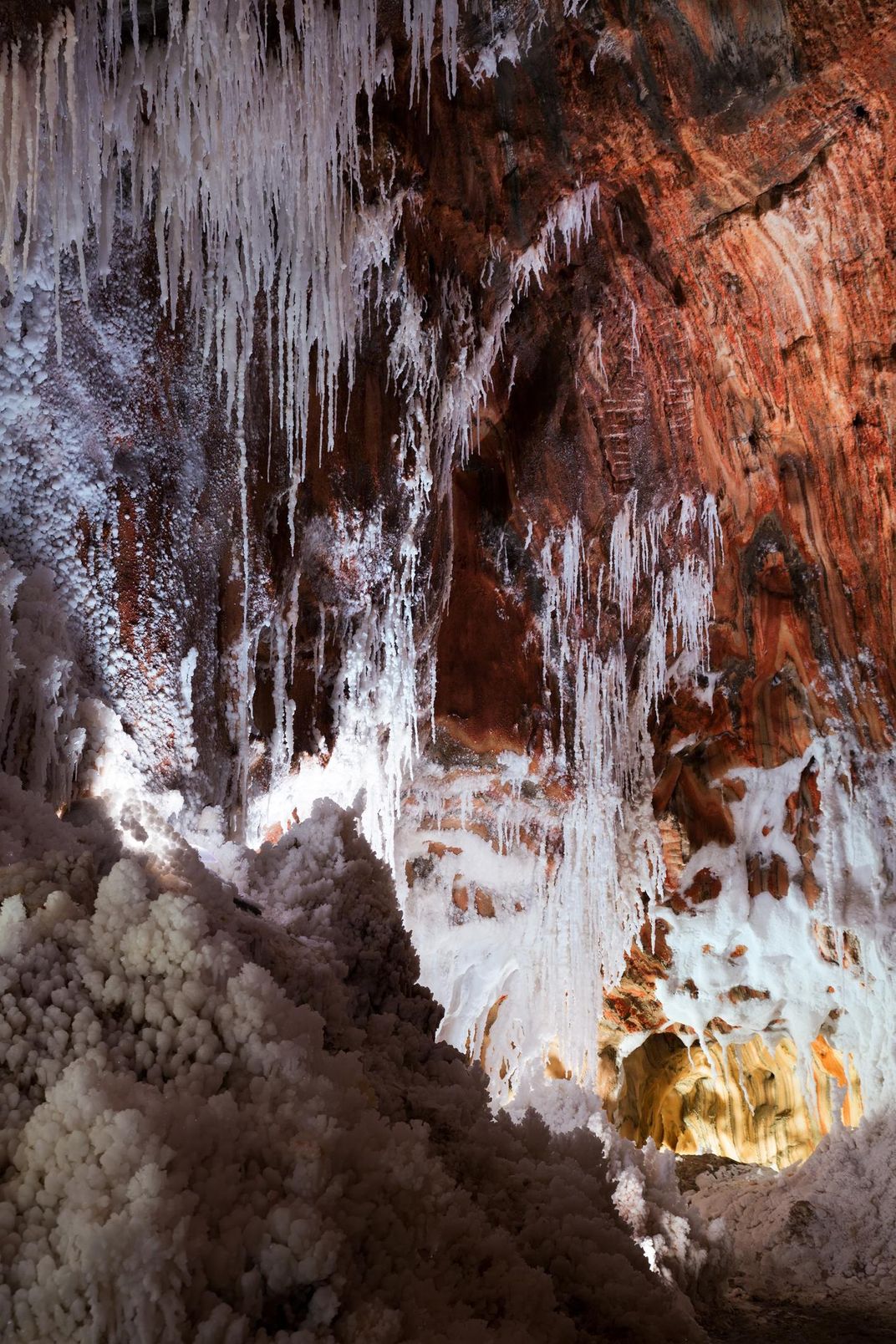
The remaining salt deposit stretches approximately one mile in depth and has a similar length, and the former mining complex has become a popular tourist destination. Today the cultural park offers guided one-hour tours inside the mountain’s depths, where visitors can walk through tunnels punctuated with sparkling salt stalactites, stalagmites and columns.
“The salt walls are in pink/reddish, gray and white colors,” Malavé says. “Visitors are completely surrounded by salt.”
